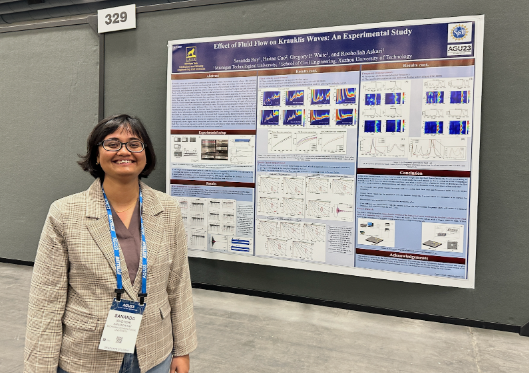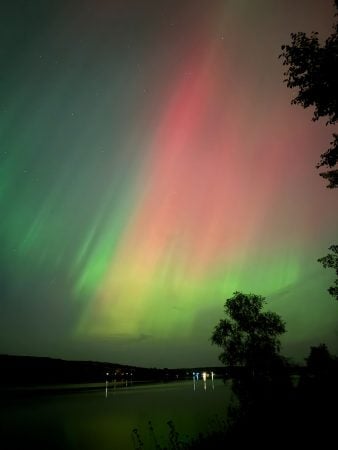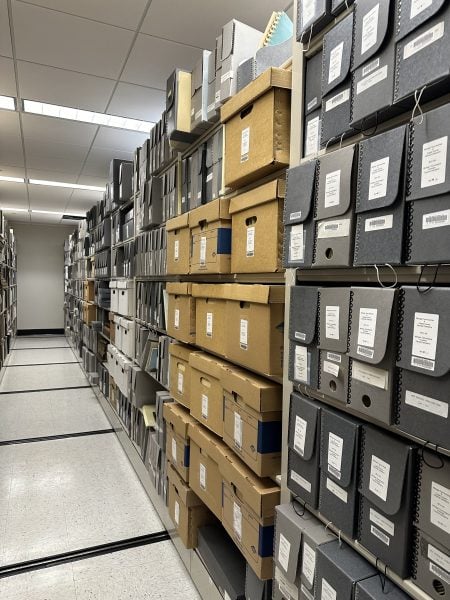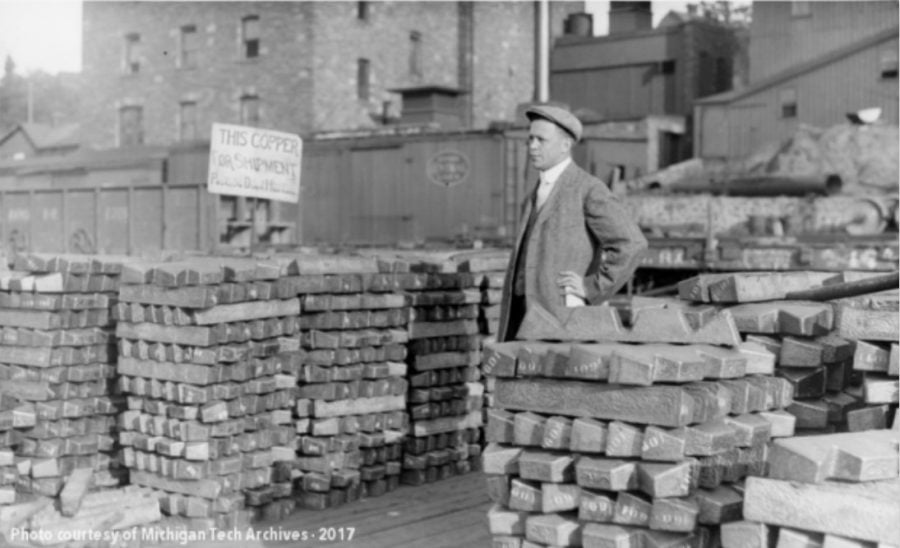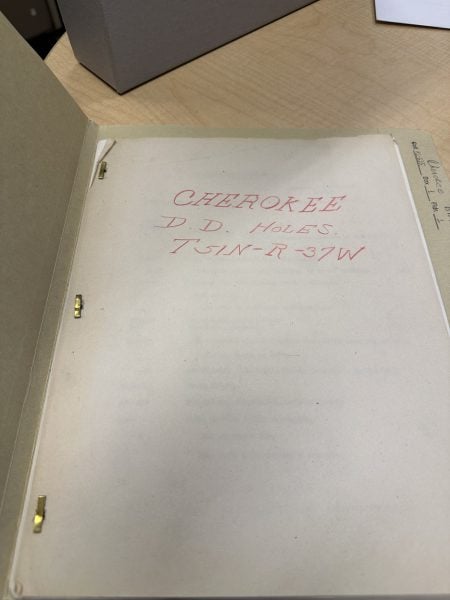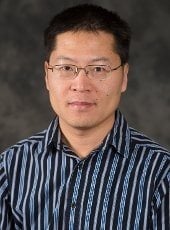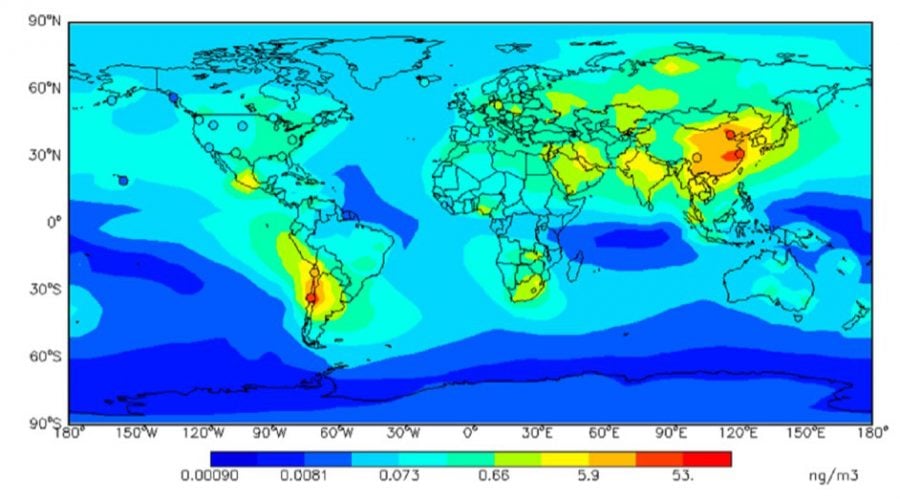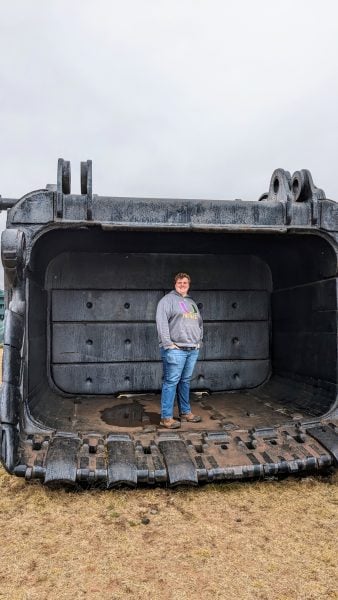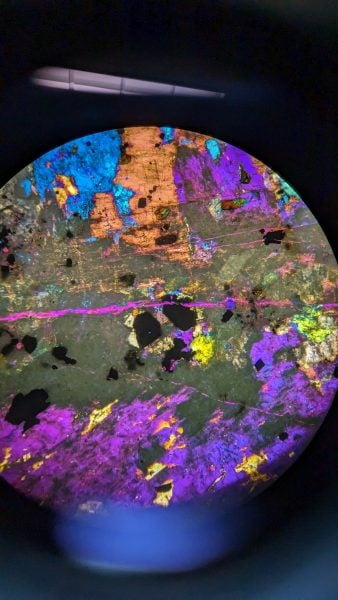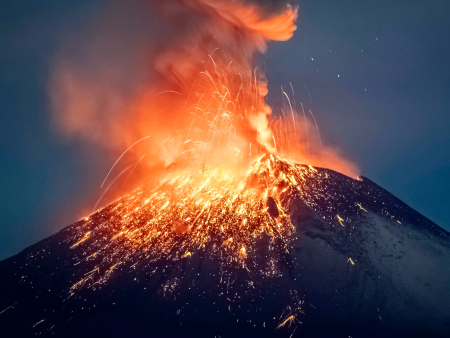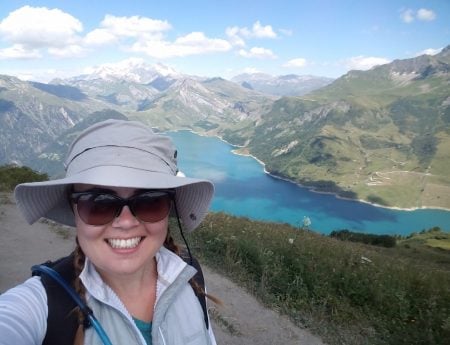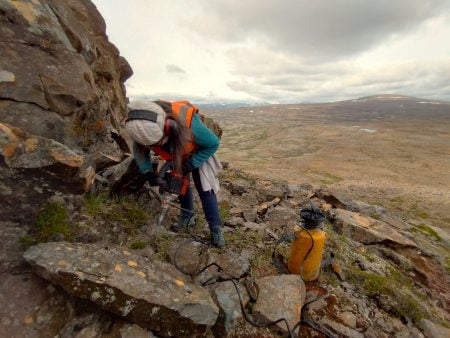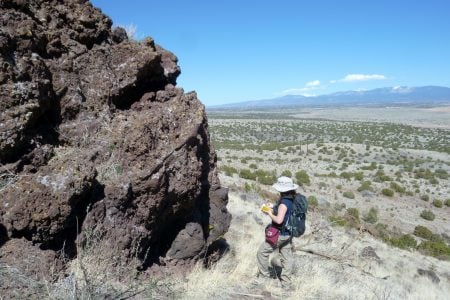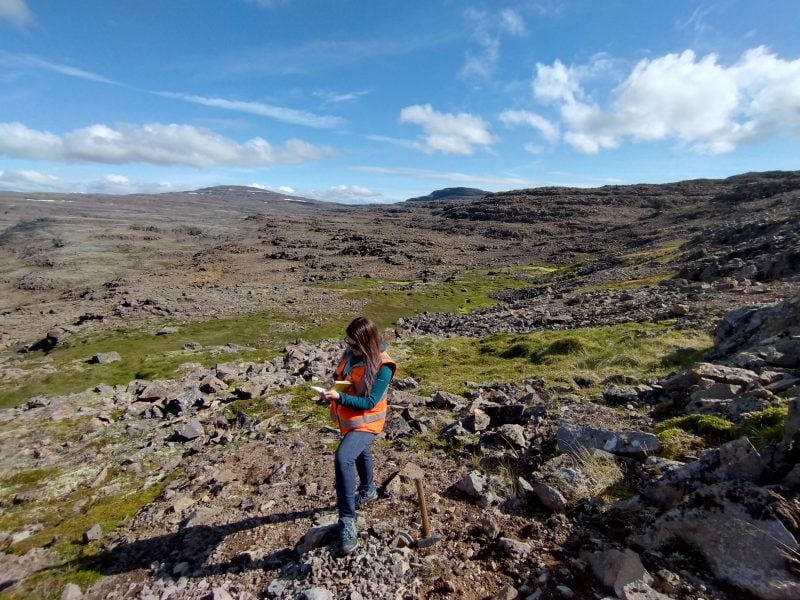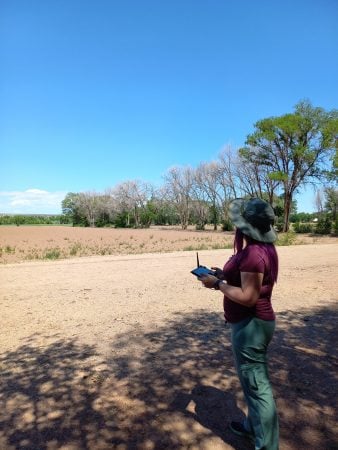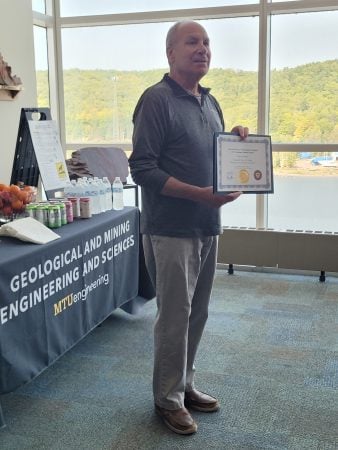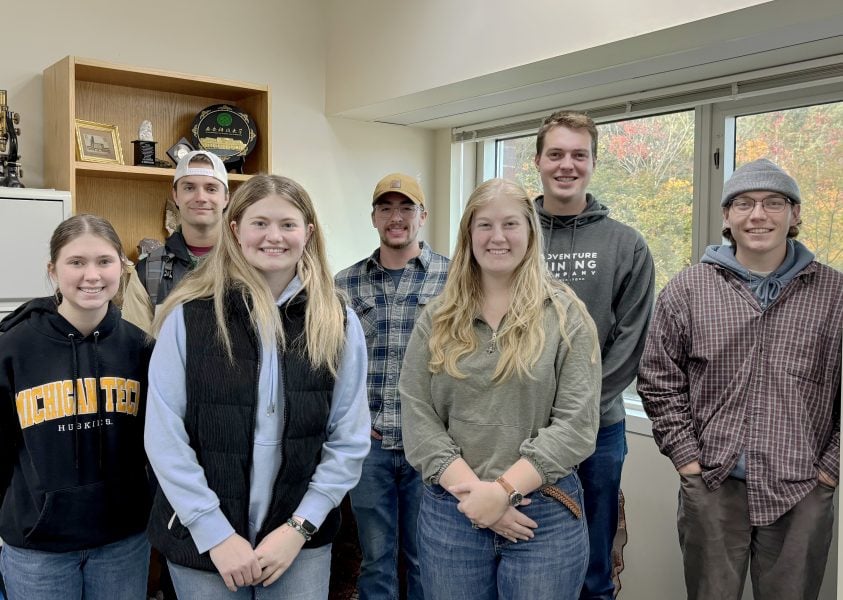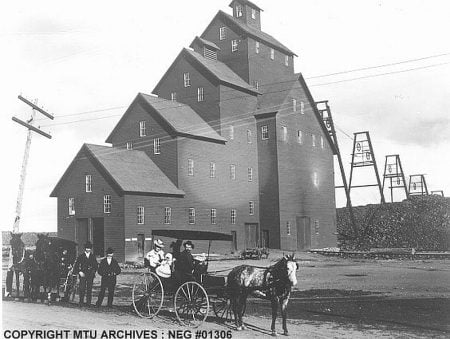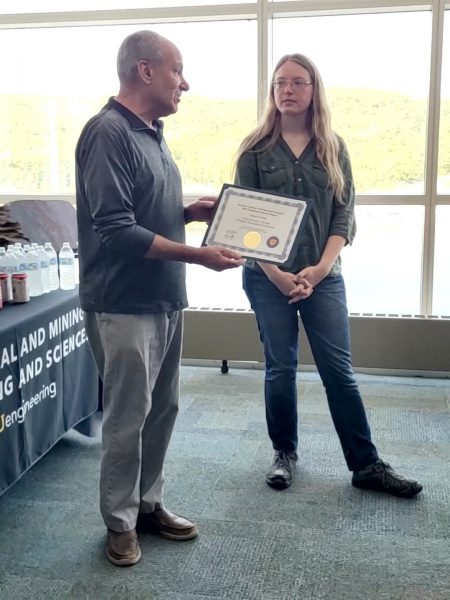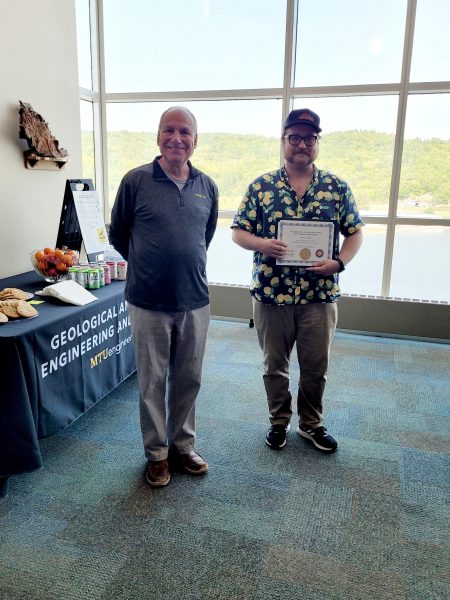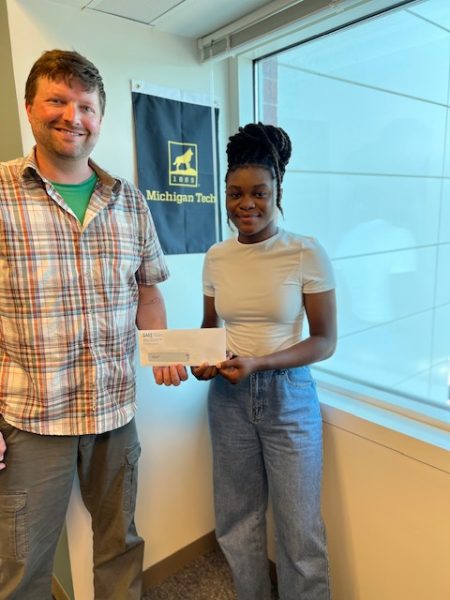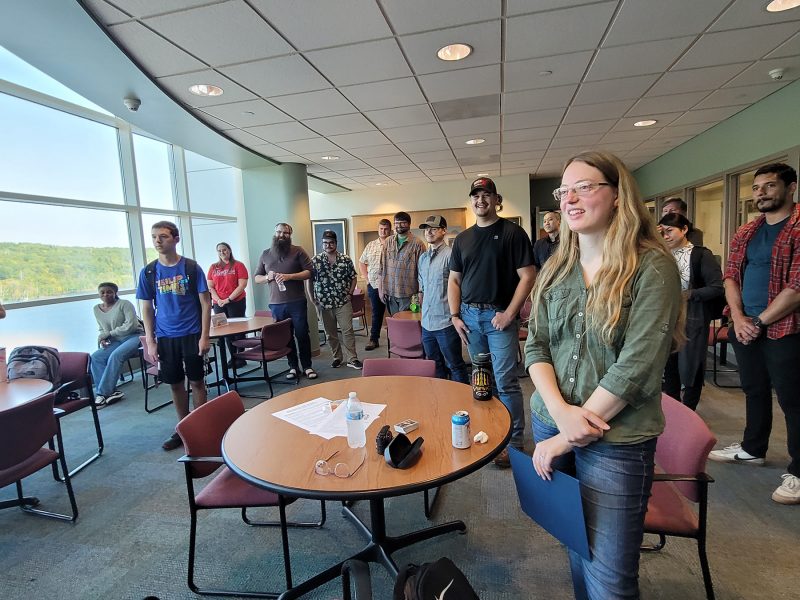GMES Student Spotlight Q&A:
Sananda Ray, Ph.D. Geophysics, 2025
Home City: Cooch Behar, INDIA
Advisor: Dr. Radwin Askari
Sananda’s publications.
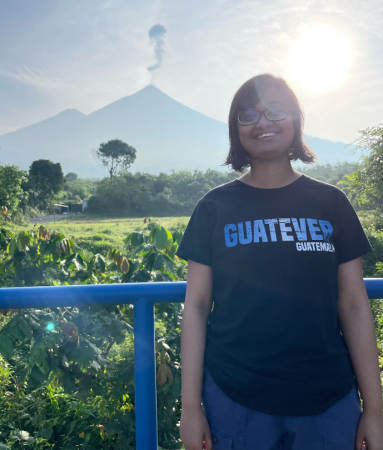
Get to know our students. Sananda Ray is a Graduate Research Assistant. She loves photography (she took the image of the Northern Lights!), traveling, family, friends, and volcanoes, to name a few. Her favorite class so far at MTU has been Volcanic Seismology with Dr. Greg Waite. Sananda says the best place to eat off-campus is the Ambassador. She has excellent taste in pizza and graduate programs!
Q: Why did you choose to attend MTU?
A: When looking for PhD positions, the program and the project aligned with my research goals.
Q: Do you have a favorite class or professor so far?
A: Dr. Greg Waite and Volcanic Seismology.
Q. What is your research about?
A: My research focuses on experimental geophysics. I generate and analyze long-period events—commonly observed in volcanoes—using a controlled laboratory setup to bridge the gap between theoretical models and real-world geological observations.
Q: What is your favorite off-campus place to eat?
A: The Ambassador in downtown Houghton.
